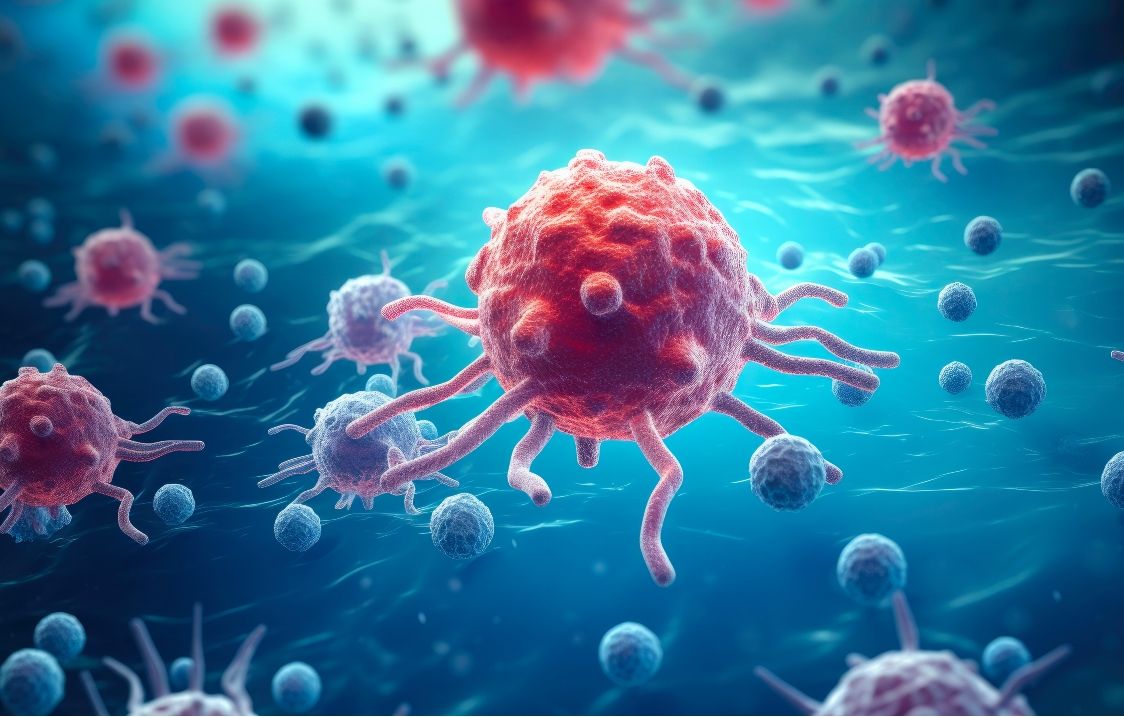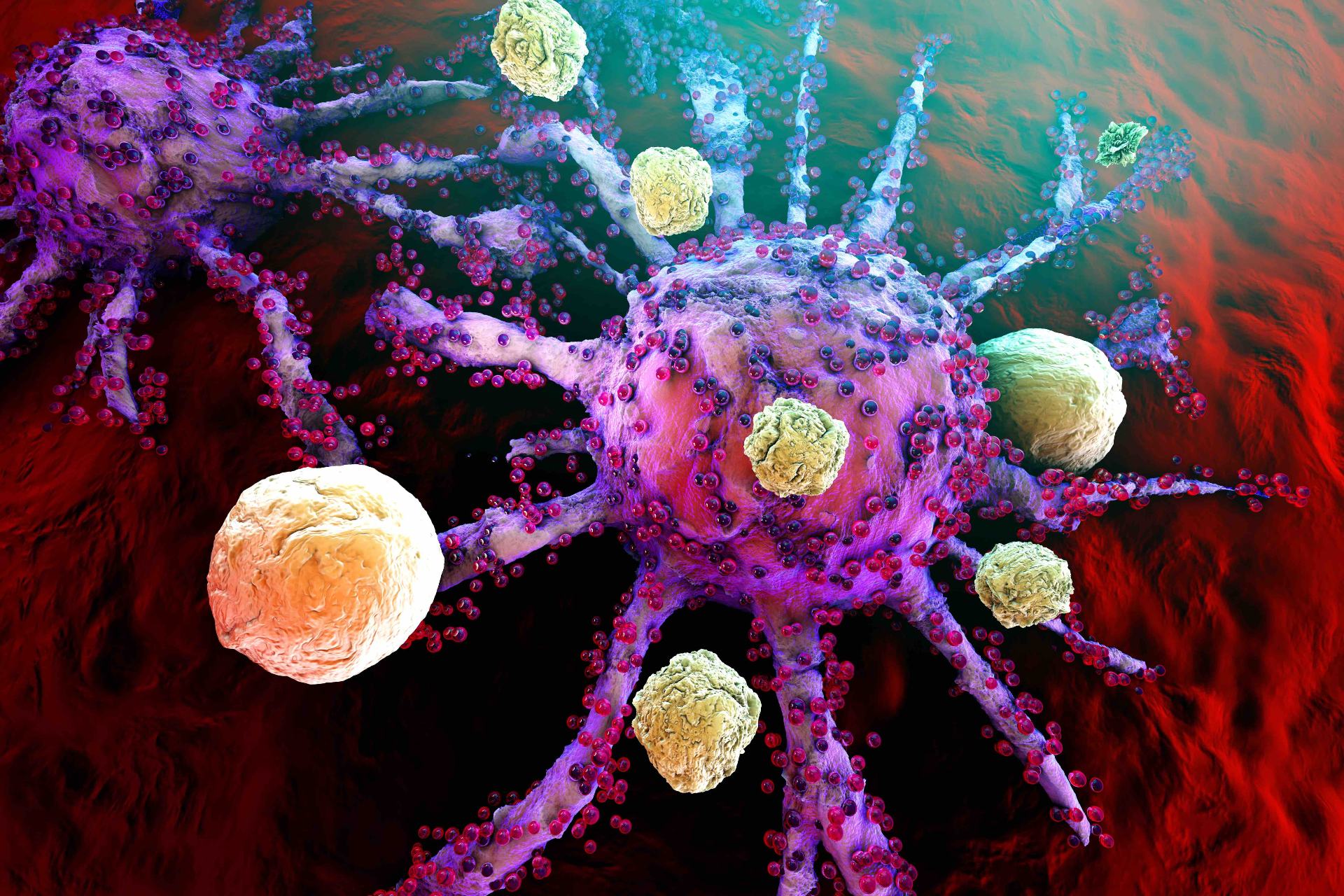Video
Unmet Needs and the Future of Myeloma
The panelist shares his thoughts on unmet needs and the future of therapy in the management of multiple myeloma.
Transcript:
Ajai Chari, MD: The unmet needs in the management of myeloma are essentially certain subgroups of patients because I think we’ve made a lot of progress. But the groups that have been lagging behind are frail and elderly, and part of the challenge there is they’re often not even included in the studies, and high-risk patients. Every single study I’ve seen improves the outcomes of high-risk disease, but none of them have overcome it. The closest we possibly get is the translocation (4;14) with PIs [proteasome inhibitors]. But still, deletion 17p with a high clonal burden is unmet.
We have frail, elderly, high-risk, and multi-drug refractory patients. When patients become refractory to an IMiD [immunomodulatory imide drug], a PI, and an anti-CD38 agent, that is a difficult situation. Also, there is functionally high-risk disease, those patients who relapse early after initial therapy, so approximately 18 months for a non—transplant-eligible patient, or 3 years if somebody went to transplant and lenalidomide maintenance; that’s also concerning. And finally, there are some niche issues like plasma cell leukemia, central nervous system myeloma or CNS myeloma, and these are also unmet needs. So there is a lot of work to do still.
One of the challenges in myeloma is the constant cycling of treatments and treatment-free intervals. One of the big pushes from ASCO [the American Society of Clinical Oncology] is this treatment-free interval where patients may get a break. The challenge is when you have a chronic disease like myeloma, it’s hard to give these breaks. I’ve noticed in my own experience that it’s the younger patients who seem to have a harder time coping with this issue.
And so with some of them, for example, they’re devastated by a diagnosis of cancer, they do their induction therapy, and they do their transplant. And then this concept of maintenance therapy and having to continue to be monitored is challenging because you’re taking essentially healthy people and now slapping them with a label of a chronic disease. Older patients, because of their comorbidities, tend to be more familiar with going to the doctor’s office. But from a psychological and emotional perspective, I think it’s hard to be dealing with a chronic disease and cancer. And a lot of patients want to know, what does a remission mean? Am I cured? I think those younger patients in particular have difficulty with those concepts. And I think the way to think about it is, what I try to tell my patients is, this is like diabetes and hypertension. You can live a long time with these diseases and be well controlled and take maintenance therapies. The difference is that we have to monitor you because sometimes we may need to tweak your therapies.
And ideally, with close monitoring, we can avoid fulminant relapses and change when somebody’s myeloma numbers are going up in a biochemical progression as opposed to a clinical progression. But clearly, this has not only an emotional toll but also a financial toll on the healthcare system because the constant cycling of therapies and some of the new therapies that are coming out are very expensive. When they’re priced for heavily treated patients and get moved up, how do we do as a society in balancing these issues? And I think fortunately, our patients are living longer and longer, so it’s a great option for patients to have more of these drugs being approved every day.
In the next 5 years of myeloma treatment, I think the quadruplet therapies will be coming for induction therapy. We may be moving to double maintenance therapy for high-risk patients officially. Perhaps we’ll get to some risk adapted discontinuations of therapy for some patients because we are curing right now about 10% of patients. If we could reliably identify those, perhaps we could start doing that. This also leads to the concept of personalized medicine. Does every myeloma patient need to be treated the same? Do we need to treat the frail, elderly patient in a different way than that high-risk young patient? And what are those differences? A good example of this is venetoclax, which is a BCL2 [B-cell lymphoma 2 protein] inhibitor that’s approved for other malignancies that has shown quite dramatic responses in translocation (11;14) patients.
I think in the future we’re going to be taking myeloma and not just treating everybody as patients with myeloma, but if you have translocation (11;14) myeloma, you’ll get venetoclax. And if you have a different type of myeloma, you’ll get other targeted therapies. I think those are some of the things. And lastly, I think BCMA [B-cell maturation antigen]-targeted therapies are definitely going to be a big part of myeloma management, whether it’s a CAR [chimeric antigen receptor] T-cell therapy, a T-cell engaging drug or a bispecific T-cell engager, or the BCMA ADCs [antibody drug conjugates], this is going to be a huge part of our armamentarium and I think will probably move up very quickly to first or second relapse.





